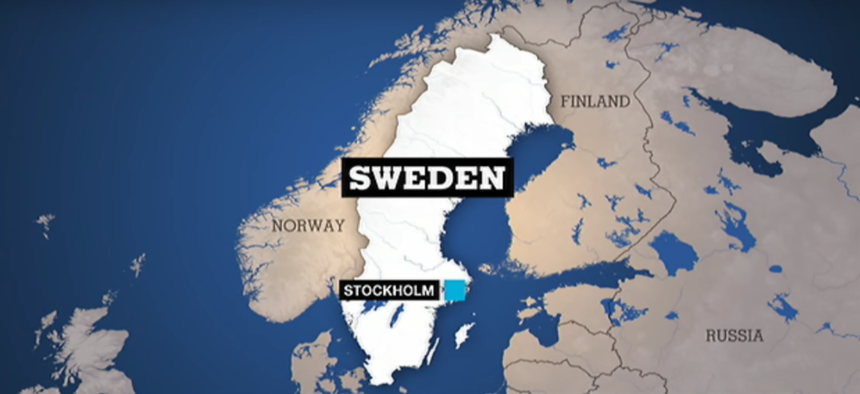The Stockholm Attack Is a Stark Reminder We Have No Way to Fight Low-Tech Terror
As terror attacks become less sophisticated, they are also becoming more difficult to prevent.
A truck drove into a department store in central Stockholm killing at least three people, in an attack that Swedish police are treating as terrorism.
BREAKING: Swedish Prime Minister Stefan Lofven says everything indicates truck crashing into department store is "a terror attack"
— The Associated Press (@AP) April 7, 2017
A number of others have been injured in the incident, which took place at Drottninggatan, a major pedestrian area in the city. The vehicle rammed into the windows of the store. One witness, who was working in the store, told local media: “There is total confusion, I do not know how many are injured, many people are totally shocked.”
On the heels of London’s deadliest attack in a decade, the attack is a stark reminder of a disturbing trend. As terror attacks become less sophisticated, they are also becoming more difficult to prevent.
Vehicle ramming attacks are devastatingly simple. Attackers don’t need bombs or much training—just a vehicle, basic driving skills, and the will to plow into a crowd. These kinds of attacks have escalated since the 2016 Nice attack, when a man drove a truck through a large crowd in the southern French city, killing more than 80 people.
Attackers don’t need bombs or much training—just a vehicle, basic driving skills, and the will to plow into a crowd. These kinds of attacks have escalated since the 2016 Nice attack, when a man drove a truck through a large crowd in the southern French city, killing more than 80 people.
The Nice attack was quickly followed by the tragedy at Ohio State University, when a refugee lawfully residing in the US drove a vehicle into a group of students on campus, and then attacked them with a butcher’s knife. In December 2016, an attacker drove a truck into a busy Christmas market in central Berlin, killing 12 people and injuring around 50 more. The Islamic State (ISIL) claimed responsibility for both.
Related In The Future, We’ll Stop Truck Attacks With the Push Of a Button
No one has yet to take responsibility for the Stockholm attack, but the incident follows a similar pattern that has been widely promoted by ISIL. In the November 2016 issue of the group’s Rumiyah magazine (pdf), ISIL said: “Though being an essential part of modern life, very few actually comprehend the deadly and destructive capability of the motor vehicle and its capacity of reaping large numbers of casualties if used in a premeditated manner.” The article contained an image of a rental truck and the Macy’s Thanksgiving Day Parade in New York.
There have been nearly as many vehicle ramming incidents in the past three years (including those targeting the public, police, and military) as there were in the preceding decade, according to Stanford’s Center for International Security and Cooperation.
Most of these resulted in a handful of casualties at most, but the Nice attack marked a turning point by lowering the bar for would-be terrorists and sending the message that “you don’t have to become a bomb maker to successfully execute a mass casualty attack,” Stanford terrorism expert and former U.S. Special Forces Col. Joe Felter noted in July 2016.
Preventing these attacks can be nearly impossible, given the ubiquity of civilian vehicles and public crowds. As Alain Winants, former head of Belgian intelligence, told Newsweek,”You can’t close off an entire city.”
For instance, the concrete bollards long used to fortify urban public targets wouldn’t have been possible in the Berlin market attack; there were 2,500 Christmas markets erected around Germany and 60 in Berlin alone.
So far, the best response officials have mustered is to tackle the root cause. British authorities have turned to schools, doctors, faith-based centers, and charities to divert people from the draw of extremism.
NEXT STORY: What Are America's Options on North Korea?





